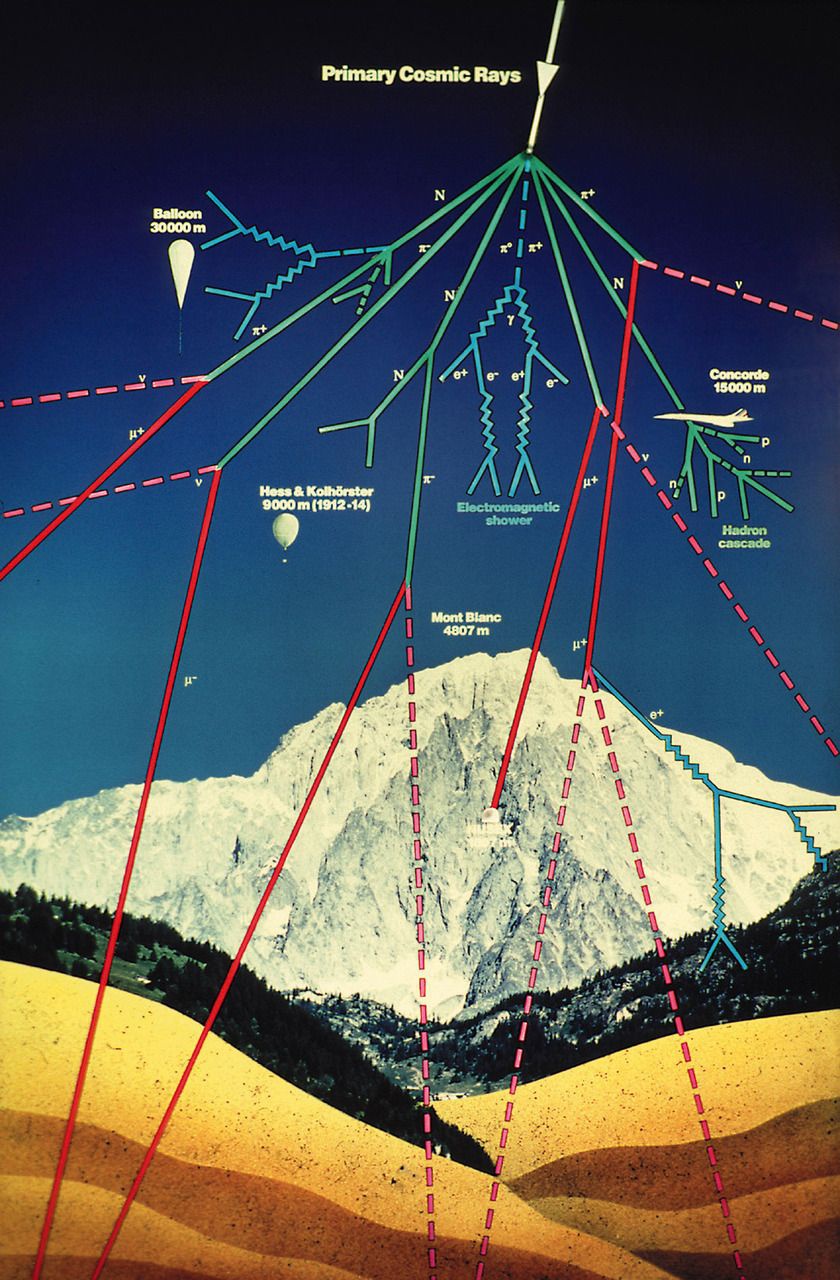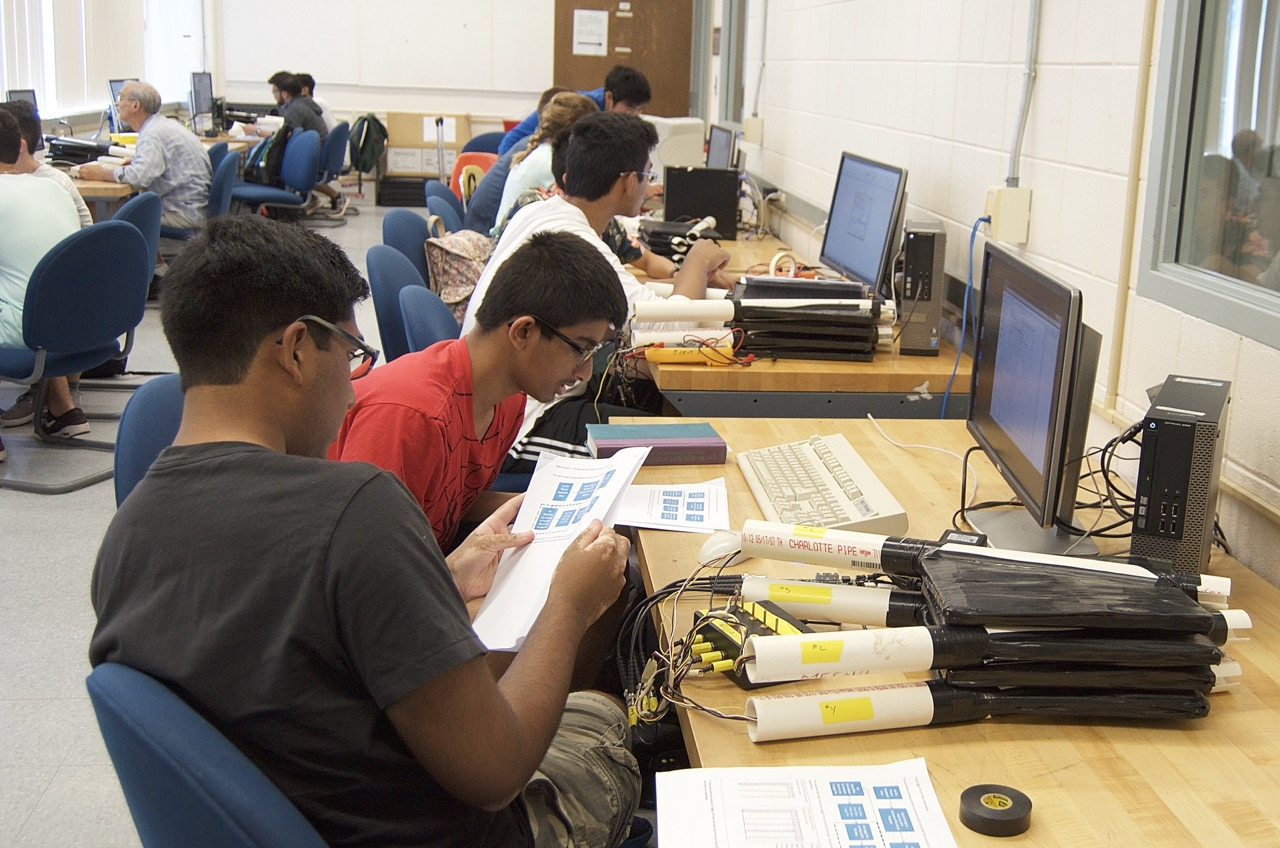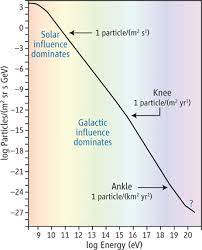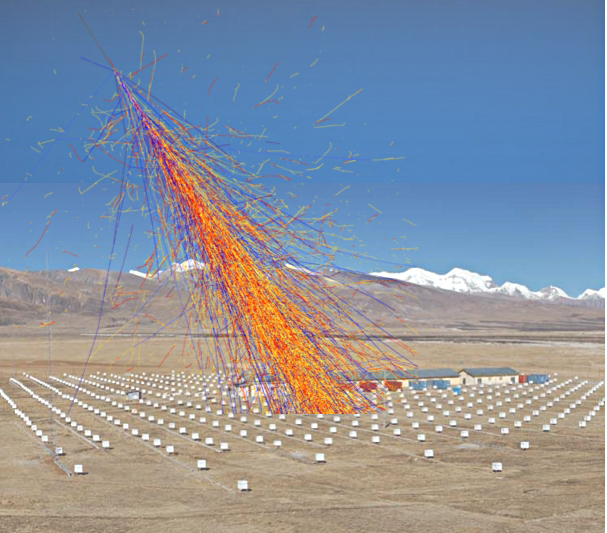The earth is continually bombarded by high energy particles from outer space. These particles are mostly protons. Most are from galactic sources, primarily supernovae, but the very highest energy particles come from beyond the galaxy. The source of these is not well understood.
When these primary cosmic particles reach the top of the atmosphere, they interact, producing many secondary particles called pions. All of these quickly interact or decay and the only particles reaching the surface of the Earth are muons and neutrinos that come from decays of the pions. Neutrinos are nearly impossible to detect, but detecting the cosmic ray muons is easy since they are electrically charged and there are a lot of them. A good rule of thumb is that if you hold out your hand, about one muon per second will pass through it.



